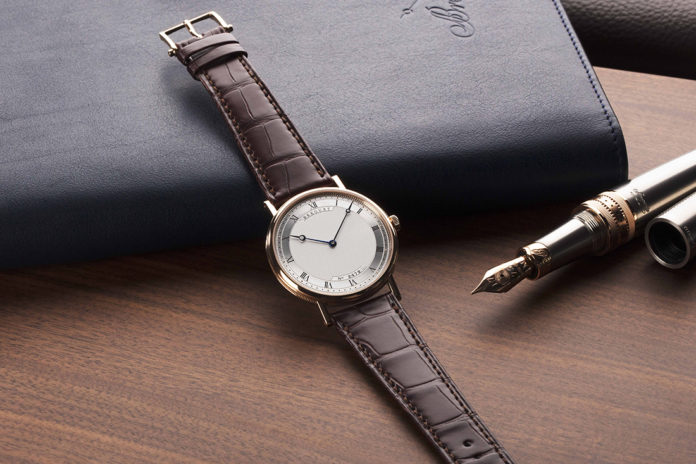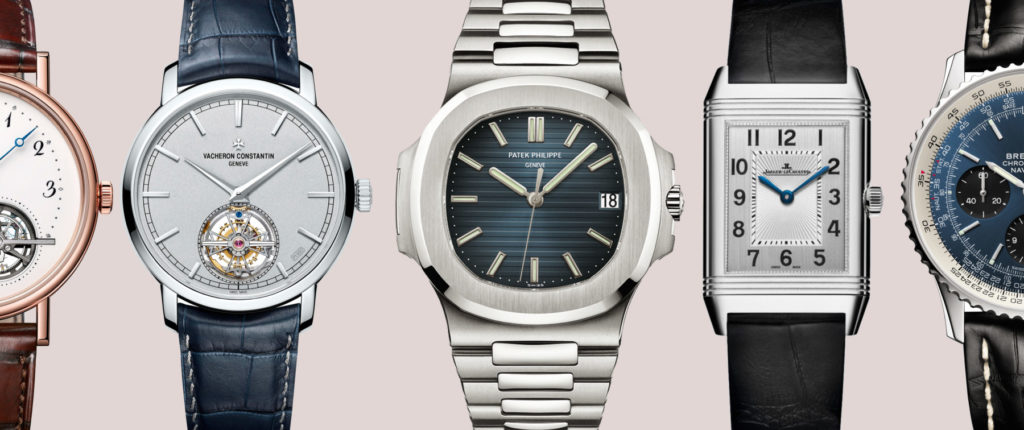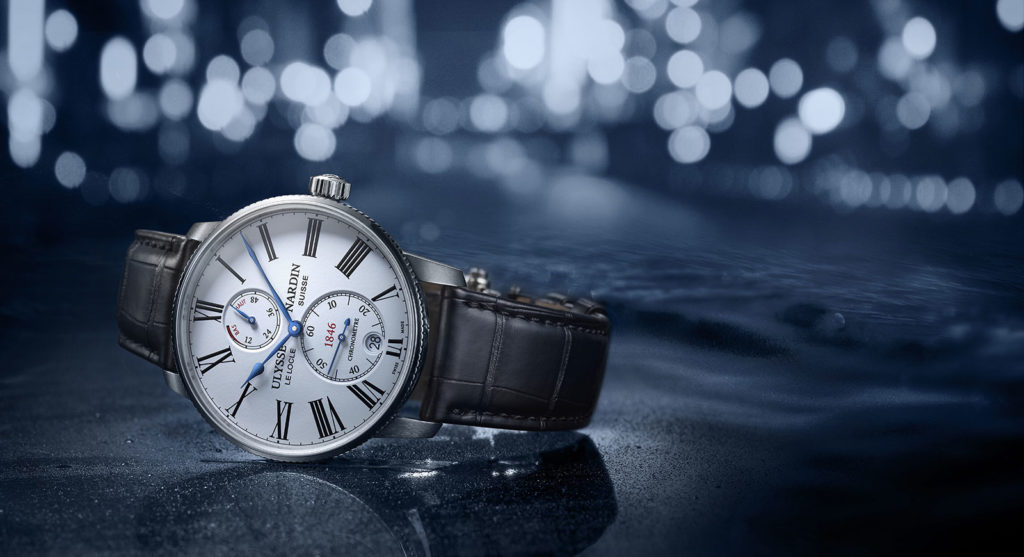
While there are thousands of watchmakers around the globe, not all of them will produce high-quality timepieces that are worthy of your attention, while some of them might have the quality and craftsmanship that you expect from a watch.
Even from 15540, portable-spring-powered clocks became a necessary and important part of any aristocrat’s outfit. Sized between a desk clock and a pocket watch, these portable watches could be worn on a necklace around the neck or fastened on the clothes. With basic mechanical movements, an average timepiece during that time needed to be wound two times a day. Unlike now, where automatic watches are king and smartwatches are slowly becoming a common sight on review sites like SpotTheWatch, classic watches are relatively simple devices. Decorated with various engravings and ornaments, gentlemen would use the designs to show off their elitism and wealth. And as watches became more and more affordable, these types of clocks were commonly used by night watchmen in order to keep track of their shifts.
This is exactly where a lot of people think the word “watch” came from. An old English word “woecce” was translated to “watchmen. But, other experts believe that the term came from sailors who used clocks to keep track of their shipboard watches, now commonly called shifts.

Types of Watches
A wristwatch is the most common type used today, however, pocket watches are also making a major comeback nowadays. As the world around us develop, watchmakers are putting a lot of effort into creating watches that can be used while scuba divine, by pilots in different environments, and space. There are three common types of movement when it comes to watches – mechanical, automatic, and quartz. In this article, we will be focusing on classic wristwatches, the mechanical ones.
Mechanical Movement
Most commonly used as a luxurious piece of jewelry or as a collector’s item, a mechanical timepiece is less accurate than automatic and quartz ones. They often lose several second every day, hence, they have to be manually wound at least once a day. Additionally to them losing several seconds, they can also be quite sensitive to environmental changes. Factors such as elevation, magnetism, and temperature can cause to fail. These timepieces do require a lot of maintenance, however, the craftsmanship that goes into making them makes them highly regarded by various enthusiasts.

The mechanical movements operate by using mechanisms that control the winding and unwinding parts. What this means is that these mechanisms control the unwinding of the spring you have to wound up at least once a day. Instead of it unwinding by itself, a specific part, which is called the escapement regulates, hence, the spring will be periodically released. The escapement uses specific gears in the watch to deliver impulses to the balance wheel, which in return causes what people call a “heartbeat” or the tick of the watch.
These timepieces do require a lot of maintenance, however, the craftsmanship that goes into making them makes them highly regarded by various enthusiasts.
To go in-depth on analog mechanisms, check out Watch Shopping for a good guide.
Conclusion
As you can see, the classic watches work in a very simple way and although they do need a lot of maintenance on your side, they are a luxurious, all-time favorite piece of jewelry for both men and women. Hence, if you do not have a mechanical watch in your wardrobe, do not waste any more time and start searching for one that will perfectly show your personality, as well as your style.











